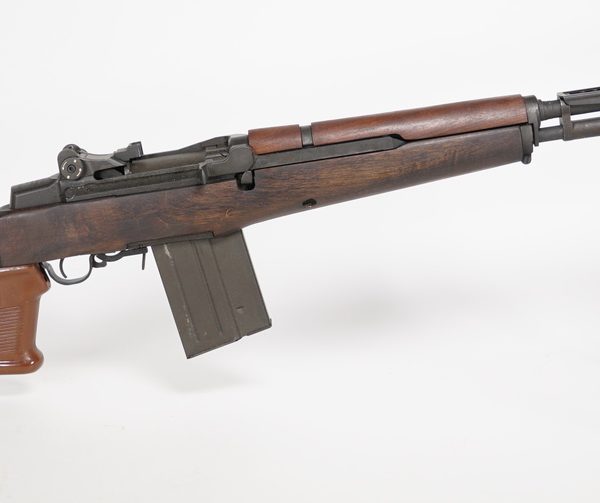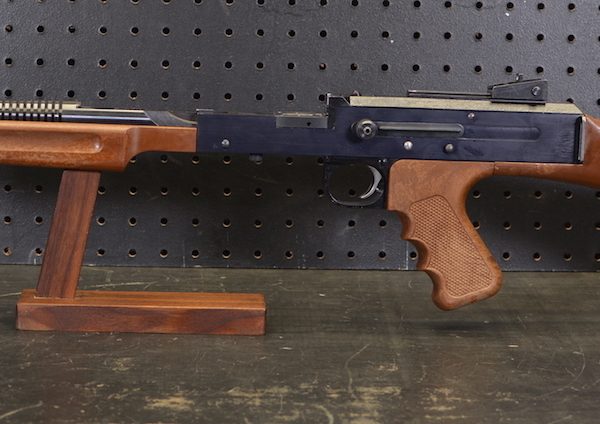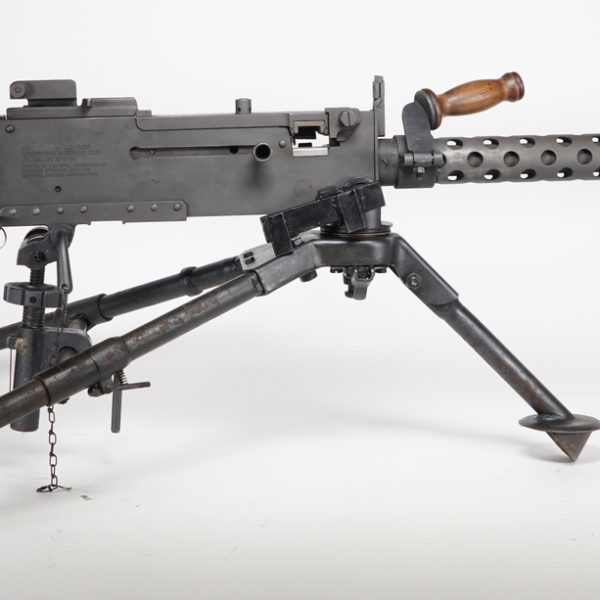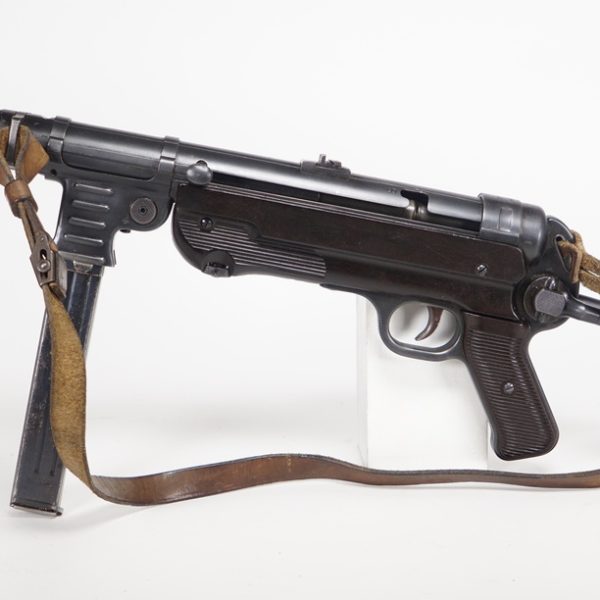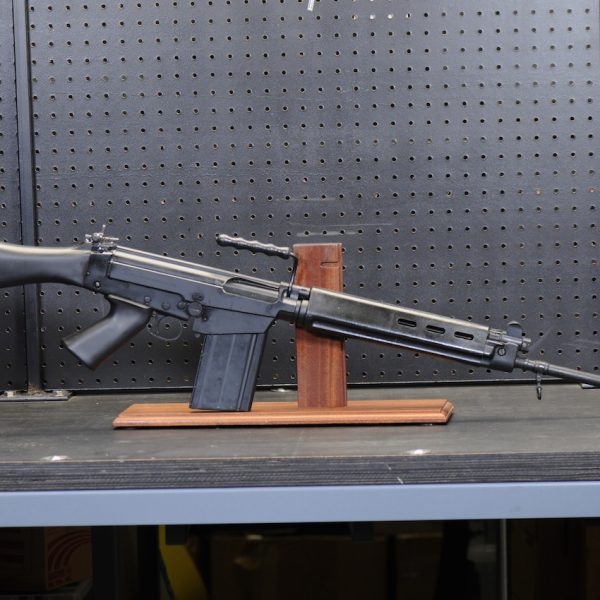Description
BROWING AUTOMATIC RIFLE 30-06
110% original! Winchester 1918 BAR, metal still blued. Lend Lease gun! All British Nitron proofs are intact. Barrel dated 2-19. Flaming bomb proofs are also intact. Comes with 10 magazines
The Winchester 1918 B.A.R.: A Historical Marvel
The Winchester 1918 Browning Automatic Rifle (B.A.R.) holds a significant place in the annals of military history, representing a remarkable blend of innovation, reliability, and firepower. Developed during World War I, this weapon became a game-changer on the battlefield, influencing the design and development of automatic rifles for decades to come.
Origins and Development
The B.A.R. was the brainchild of the legendary firearms designer John Moses Browning, who aimed to create a weapon that bridged the gap between light machine guns and traditional infantry rifles. In 1917, as the United States entered World War I, the need for a versatile and powerful automatic rifle became apparent. Browning’s design was quickly adopted, and by early 1918, the Winchester Repeating Arms Company began producing the B.A.R.
Design and Features
The Winchester 1918 B.A.R. was a gas-operated, air-cooled automatic rifle, chambered in the powerful .30-06 Springfield cartridge. Weighing around 16 pounds, it featured a 20-round detachable box magazine and was capable of both semi-automatic and fully automatic fire. Its robust construction and reliable mechanism made it a favorite among soldiers who appreciated its durability and performance under harsh conditions.
One of the defining characteristics of the B.A.R. was its ability to deliver sustained fire with greater accuracy and mobility than traditional machine guns. The weapon’s bipod, introduced in later models, further enhanced its stability and effectiveness in providing suppressive fire.
Impact on the Battlefield
The B.A.R. first saw action with the American Expeditionary Forces in the closing months of World War I. Its impact was immediate, providing infantry units with a significant boost in firepower. Soldiers could now lay down a continuous stream of bullets while advancing, disrupting enemy formations and pinning down opposing forces.
The versatility of the B.A.R. made it a valuable asset in various combat scenarios, from trench warfare to open-field engagements. Its ability to function reliably in adverse conditions earned it a reputation as a dependable companion on the front lines.
Post-War Evolution
Following World War I, the B.A.R. underwent several modifications and saw continued service through World War II, the Korean War, and even into the early stages of the Vietnam War. The M1918A2 variant, introduced in 1940, featured a rate-reducing mechanism to improve control during fully automatic fire and was equipped with a new bipod for enhanced stability.
Despite its eventual replacement by more modern designs, the Winchester 1918 B.A.R. left an indelible mark on military tactics and firearms development. Its influence can be seen in subsequent generations of automatic rifles, including the M60 machine gun and the M16 rifle.
Legacy
Today, the Winchester 1918 B.A.R. is celebrated as a classic example of early 20th-century firearms engineering. It is a prized collectible for military historians and firearms enthusiasts alike, representing a key chapter in the evolution of automatic weaponry.
The legacy of the B.A.R. extends beyond its technical specifications and battlefield performance. It symbolizes a period of rapid innovation in military technology, driven by the demands of modern warfare. As such, the Winchester 1918 B.A.R. remains an enduring icon of American ingenuity and a testament to the enduring influence of John Moses Browning’s visionary designs.
















